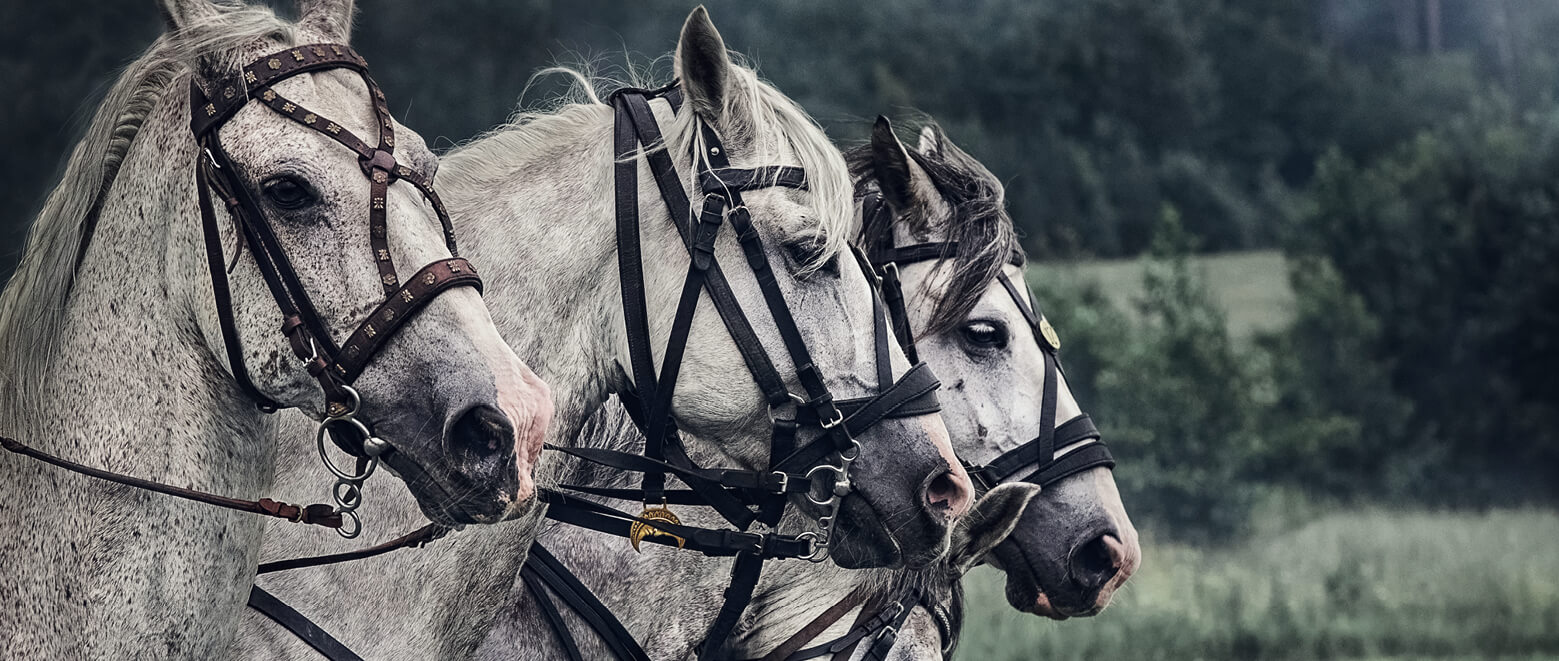- The original War Horse was actually first a Mule.
- The mule is really quite intelligent and doesn’t bolt like a horse as it studies the situation.
- The mule is often overshadowed by the horse.
- A mule can carry up to 200 pounds and likes to work
- In 1914 there were 0 mules in active service (apart from in India), by 1918 219,00 were in service.
- The second War Horse was actually a donkey as they startle less.
- Donkeys are excellent to transport the wounded as they offer companionship both emotionally and mentally.


- Horses lead by instinct and seek safety in numbers, so they go forward with others
- Horses find a place in a real hierarchy and find someone or something to follow, so are great for charges.
- All a horse wants is to be at piece in its environment.
- Germany needed to increase its horse breeding, the UK did a remount plan and purchased them off the international market and imported them.
- Horse owners volunteered their horses and were paid for keeping their horses ready for war.
- Britain spent an estimated £36.5 million on horses and mules from the USA during the war.




Notes from the talk: The Real War Horse - British Equines in the war by Lucy Betteridge-Dyson
Further recommended reading: Captain Sidney Galtrey - The Horse and the War book.
